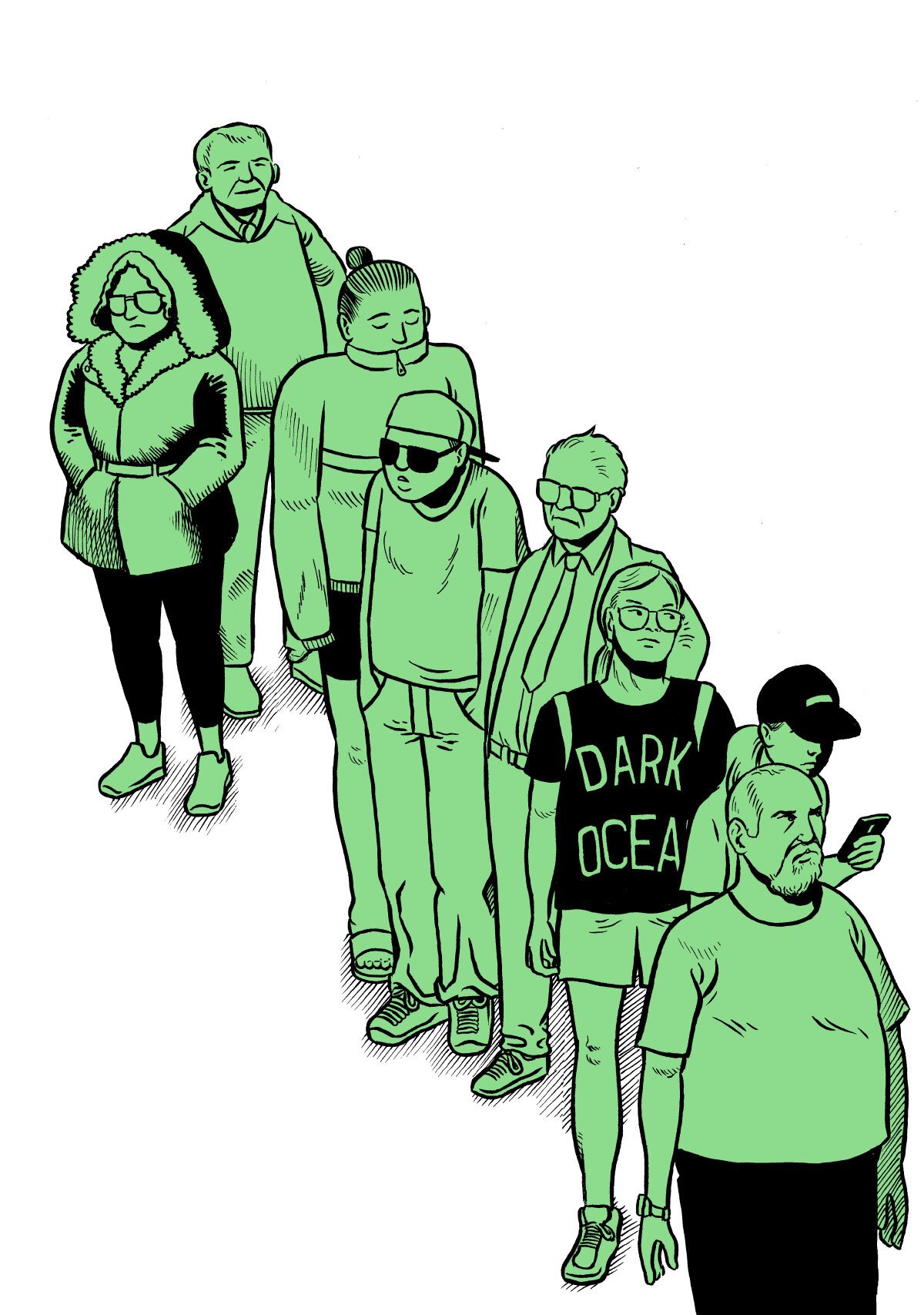
Opioid Treatment Programs
Opioid Treatment Programs (OTPs) help people reduce or moderate their illicit opioid use by providing them with a regular dose of a long-acting opioid. When on an OTP, people usually report fewer mood swings, less depression, improved finances and better overall health.
Opioid treatment is effective at reducing drug use, particularly opioid use. A major benefit is that OTP reduces the intensity and a lot of the stresses of a using lifestyle - even when people continue to use opioids or other drugs from time to time.
Changes to the OTP in 2023
On May 10, the Commonwealth Government announced additional funding for the Opioid Dependence Treatment Program (ODTP) of $377 million over 4 years. This follows years of advocacy, particularly by drug user advocates and organisations, and significant input from the affected community.
The increased funding means that people receiving these ODTP medications will be able to get them on the PBS like all other prescribed medications in Australia. This change will make them easier and less expensive. Read about them here.
What is depot bupe?
Buprenorphine treatment is one of the treatment options available on the Opioid Treatment Program (OTP). Depot bupe is a form of buprenorphine that is injected weekly or monthly. To find out more read here.
Consumers’ Guide to the OTP
NUAA has worked hard to develop and release guidelines written especially for people who use drugs: The Consumer’s Guide to the Opioid Treatment Program. PDF copies are available for download via the links below.
To get hard copies mailed to you, fill out the Resource Order Form and email it to MOH-CAODAdmin@health.nsw.gov.au.
This features one large resource, The Consumer’s Guide to the NSW Opioid Treatment Program: Opening the Doors on Opioid Treatment, and 7 smaller booklets, all designed to give the people who are part of an OTP as much knowledge as possible to navigate the programs, and learn about your choices, rights and responsibilities.
The resources follow on from the NSW Clinical Guidelines: Treatment of Opioid Dependence — 2018, which was written by clinicians and policymakers with input from NUAA and other stakeholders. That resource gives prescribers and dosers the who, what, where, how and why of the OTP so that they are up to date with what is expected of them. Anyone can look at the Clinical Guidelines, but they are thick and wordy and not easy for everyone to understand. They are written for doctors, not consumers.
That’s why NUAA has put together a special set of consumer resources written by people who use drugs for people who use drugs. To make sure the info is correct, up to date and relevant, we got together a Steering Committee, starting with consumers and including doctors, clinic managers, pharmacists and experts from the Ministry of Health. But we also asked heaps of people on the program what they wanted to know.
These guides tell you what you can expect on the OTP and what is expected of you. We give you the rules and facts as well as some useful tips and advice from peers. No matter where you are in your treatment journey, you should find information in these booklets to help you make the best decisions.
What’s special about the Guidelines?
Our version is easy to read and has everything you could possibly want to know about being on methadone and buprenorphine – written by people who use drugs, for people who use drugs.
As well as using the information in the Clinical Guidelines, we talked to regular doctors, addiction medicine specialists, pharmacists, and policy-makers to get their point of view on OTP. Not only that, we went out to towns across NSW to run focus groups with people who are on bupe or methadone, to find out what issues they thought were important and to hear about their experiences on the program.
From these focus groups, we decided to develop an extra set of resources, so as well as the main Consumer Guidelines, the project expanded to include seven stand-alone guides. These are smaller booklets about specific topics, so you don’t feel you are wading through masses of info to find out what you need to know.
The result is a set of resources are made specifically for you no matter where you are on your treatment journey, and we are excited and proud to share it with our community.
What’s in the Guidelines?
Our Consumer Guidelines to OTP has information about loads of topics. They explain how to start a treatment program, what being on the program is like, your options for medication and clinics (including depot bupe), information about injecting, using other drugs and medications, your rights and responsibilities, and how to get extra support.
We also bust myths about driving and travelling on the program, pregnancy and parenting, and the side effects of OTP medication. They have info on how to go about reducing your dose and stopping treatment, what happens if you end up in hospital or jail, and what you can do if you’re being treated unfairly or discriminated against.
The OTP Consumer Guidelines Series
You can download the PDF version of each resource via the links below. To get hard copies mailed to you, fill out the Resource Order Form and email it to MOH-CAODAdmin@health.nsw.gov.au.
-

1. Introduction to the OTP
This booklet is made for anyone who is interested in finding out more about starting treatment for opioid dependence.
-

2. Maintenance on the OTP
This booklet, Maintenance on the Opioid Treatment Program, focuses on what it’s like day-to-day on the OTP.
-

3. Your Rights and Responsibilities
This booklet goes through your rights when receiving healthcare generally in Australia, and specifically your rights on the program.
-

4. Pregnancy and Parenting
This booklet looks at the how OTP fits in with starting a family and are thinking of or expecting to become a parent.
-

5. OTP In Regional and Rural Areas
This booklet was developed in response to some of the specific issues faced by OTP patients who live outside the city.
-

6. Pain Management and the OTP
This booklet talks about some of the challenges and issues you might run into if you need to manage pain while on the OTP.
-

7. Exiting the OTP
This booklet, Exiting the Opioid Treatment Program, looks at the pros and cons of leaving the OTP and explains the process.
-

8. Depot Buprenorphine Starter Guide
Depot buprenorphine, also known as long-acting injectable buprenorphine (LAIB), is a new treatment option in NSW.

